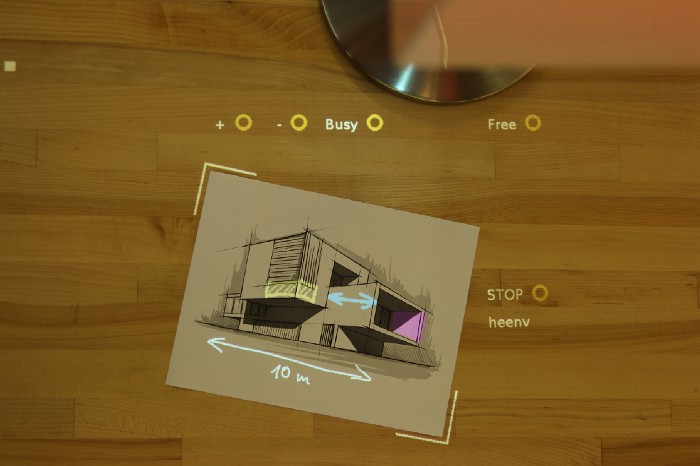Software writing is slowly moving from human-written to computer generated using large amounts of data. Blockchain allows for crowdsourcing of cheap and diverse high quality data which wasn’t possible before.
The “IF” “THEN” approach
The Von Neuman computer model I used in all the computer we are familiar with from Desktop to Laptops via Smartphones and Tablets. To make the computer do what we want the typical computer programmer will, elegantly and through more advanced rules, basically write a list of “if” “then” conditions where all possible cases will hopefully be covered. For example: if you type W, move the character up. If you type S, move it down. If there is a wall in the direction of movement stop. And so on. The results are the computers we are familiar with today who use keyboards, mice, and in general digital inputs that are 0s or 1s and very clear. This also includes capacity sensing on smartphones which are “is the finger here or not”.
However, as seen in self-driving cars, recent advances in computer science are opening the door to computers using other inputs like “what they see”.
Read more